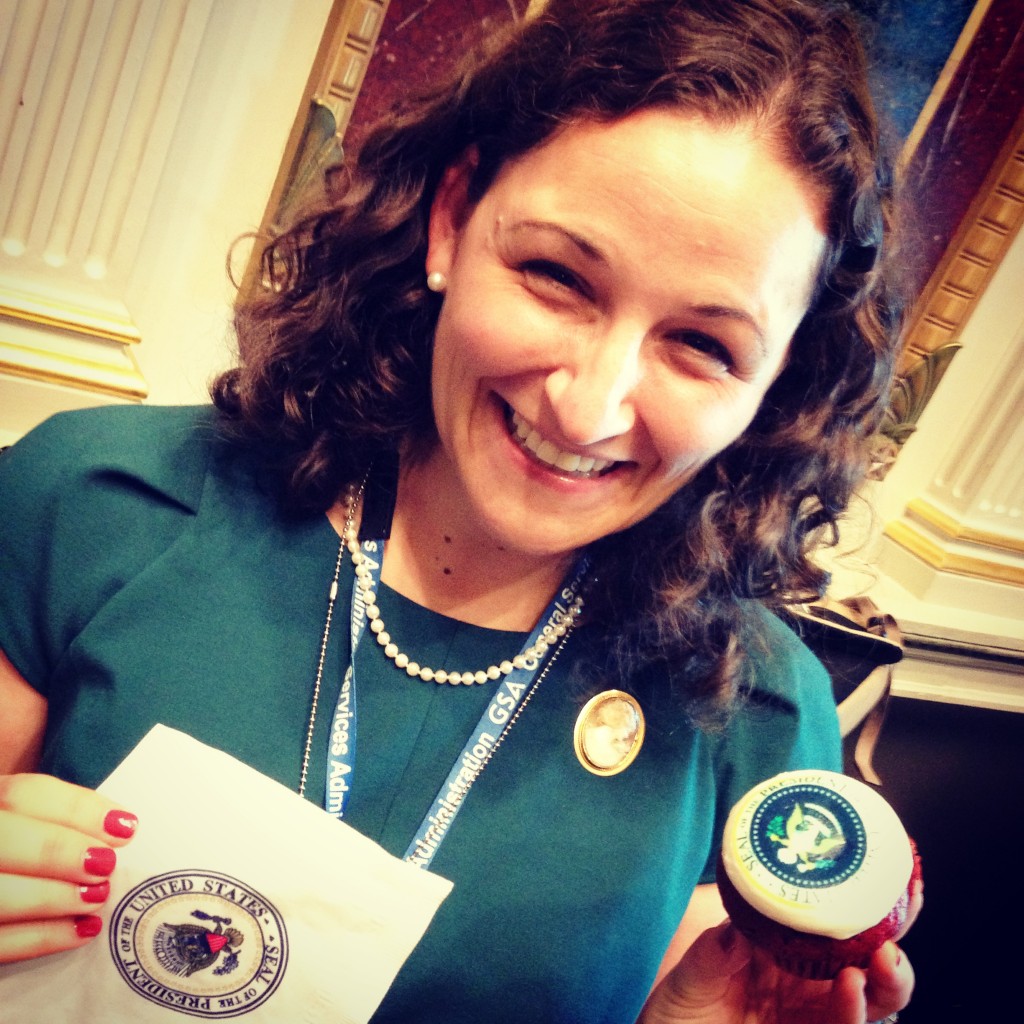An Evolving Definition of Community
/When I started The Changebase, way back as an MBA student in 2009, I had a hunch that the idea of community – a collection of people united by common experiences, shared values or like-minded goals – would play a large part in my professional career, but I couldn’t have anticipated exactly how.
In business school I defined community as a collection of people – consumers especially – who were uniting around causes and missions that they cared about and then using their purchasing power and their voices to effect change in the world. Once I joined IDEO, I began to round out this working definition of community to include location – that is, whether the community exists online or offline – and how that location influences the type of work people can accomplish together.
Over the last 3.5 years with OpenIDEO, my passion for community – and particularly unlocking new ways of supporting communities to collaborate, innovate and see positive change where they live – has deepened and taken on new dimensions that I couldn’t have expected. And I’m very proud to say that my next step – as a Presidential Innovation Fellow in Washington, DC – is helping me continue to round out my understanding of community on a scale and through a lens that I could have never anticipated (Read more about the Presidential Innovation Fellows Program and the incredibly talented folks I'm lucky to partner with in this year’s class).
For my first project, I’ve been paired with an innovative team of strategists and doers at the National Archives and Records Administration. I, along with another PIF, am charged with exploring how crowdsourcing and online community engagement can help NARA accelerate its efforts to expand public, online access to our nation’s most valuable historical records. It’s no small task when you consider NARA has over 12 billion pages of paper records within its holdings! Yet I’m confident that crowdsourcing, if applied in smart and intentional ways, can quickly and effectively scale this effort.
What will be the tangible outcomes of my time as a Presidential Innovation Fellow? Thankfully I'm only two months into the program, so I don't need to know that answer just yet. But I do know that over the next year I'm looking forward to further evolving my definition of community, this time on a national scale. How might we design citizen services that meet the needs of a community as diverse and complex as the American people? Wish me luck!


